يموت الصب هي عملية تصنيع عالية الكفاءة ودقيقة حيث يتم حقن المعدن المنصهر في قالب فولاذي تحت ضغط عالي. يستخدم على نطاق واسع لإنشاء مكونات معدنية معقدة صعبة أو مكلفة للآلة بالطرق التقليدية. لكن, يعتمد نجاح أي مشروع صب يموت بشكل كبير على جودة التصميم. يضمن التصميم المدروس جيدًا النزاهة الهيكلية, يقلل العيوب, يقلل التكلفة, ويعزز التصنيع.
توفر هذه المقالة دليلًا شاملاً ل يموت نصائح التصميم, تسليط الضوء على المتغيرات الهامة التي يجب على كل مهندس ومصمم مراعاتها عند تطوير أجزاء لهذه العملية.
اعتبارات رئيسية لتصميم الصب
يتطلب تصميم جزء فعال للموت في تحقيق التوازن بين عوامل متعددة. فيما يلي أهم الاعتبارات:
اختيار المواد
يمكن إجراء صب القالب مع سبائك مختلفة, مثل:
الألومنيوم (خفيفة الوزن, مقاومة للتآكل)
الزنك (سيولة عالية, مناسبة للأجزاء المعقدة)
المغنيسيوم (أخف المعدن الهيكلي)
كل سبيكة لها خصائص مختلفة مثل الانكماش, الموصلية الحرارية, والسيولة, جميعها تؤثر على قرارات التصميم مثل سمك الجدار, فيليه نصف قطر, ومتطلبات التبريد.
يموت تصميم
يجب أن يكون الموت قويًا بما يكفي لتحمل الضغط العالي ودرجة الحرارة دون صوف. يضمن التصنيع الدقيق للموت الاتساق الأبعاد في كل دورة.
الطرد والنوى
يجب تصميم الأجزاء لسهولة طردها لتجنب الأضرار وتقليل وقت الدورة. يجب أن تسمح التصميمات الأساسية أيضًا بإزالة سهلة دون التمسك أو تشويه الجزء.
الوظيفة
تموت الأجزاء المصبوبة المستخدمة في التطبيقات العالية أو الحرجة (على سبيل المثال, السيارات, الفضاء الجوي) تتطلب تعزيزات وتفاوتات محددة مقارنة بالتطبيقات التجميلية أو الخفيفة الوزن.
نصائح التصميم الأعلى للموت - المتغيرات الرئيسية
شرائح وقطر
تعتبر الشرائح والقطعة ضرورية للقضاء على الزوايا الحادة, تقليل تركيزات التوتر, وتحسين تدفق المعادن.
نصائح:
تجنب الزوايا الداخلية الحادة
استخدم دائرة نصف قطرها على الأقل 1 مم (أكبر في المناطق ذات الضغط العالي)
قم بتطبيق نصف قطر ثابت طوال التصميم
دمج زوايا المسودة (عادة 1-3 درجة) للمساعدة جزئيا في إزالة
سمك الجدار
سمك الجدار يؤثر على وقت التبريد, ضغط الضغط, ووزن الجزء العام. الحفاظ على سمك الجدار الموحد يمنع قضايا مثل المسامية والتشويه.
الحد الأدنى من سمك الجدار الموصى به:
| مادة | أجزاء صغيرة (مم) | أجزاء كبيرة (مم) |
| الألومنيوم | 1.016 | 2.032 |
| الزنك | 0.381 | 0.889 |
| المغنيسيوم | 1.016 | 2.540 |
تجنب التغيرات المفاجئة في سمك الجدار لمنع النقاط الساخنة وتجويف الانكماش.
الأضلاع والزوايا الخارجية
يضاف الأضلاع لتقوية الجدران الرقيقة دون زيادة كبيرة في الوزن. تحتاج الزوايا الخارجية إلى اهتمام دقيق لتجنب تراكم الإجهاد.
نصائح:
إعطاء الأولوية وضع الضلع على أنحف الأقسام
الحفاظ على تباعد الأضلاع الموحد
تجنب الزوايا الخارجية الحادة; استخدم نصف القطر السخي بدلاً من ذلك
يجب أن يكون سمك الضلع حوالي 50-60 ٪ من سمك الجدار
النوافذ والثقوب
ويندوز (قواطع) وغالبا ما تكون الثقوب مطلوبة للتجميع, تدفق الهواء, أو المدخرات المادية, لكن يمكنهم إضعاف جزء إذا لم يتم تصميمه بشكل صحيح.
نصائح:
حول جميع حواف الثقوب والقواطع
الحفاظ على الميزات بعيدًا عن الزوايا ومناطق الحمل
تطبيق زوايا مسودة سخية على ثقوب الجدار الجانبي
تجنب ما بعد غير ضروري عند الإمكان
ميزات ما بعد الآلة
بعض الأشكال الهندسية مثل المواضيع, تقف, أو قد تحتاج اللوحات التحملية الضيقة, الذي يضيف الوقت والتكلفة.
إرشادات التصميم:
استمر في مرحلة ما بعد الحد الأدنى
ميزات التصميم لسهولة الوصول إلى الأدوات
استخدم النوى لتجنب الآلات الثانوية حيثما أمكن
وضع تسامح واقعية لتجنب الخردة غير الضرورية
خطوط الفراق
خطوط الفراق هي طبقات مرئية حيث يموت نصفين يموتان. يؤثر موقعهم على كل من الوظيفة والمظهر.
نصائح:
ضع خطوط الفراق في المناطق الأقل وضوحًا
تجنب وضعها على الأسطح الوظيفية
توقع بعض الفلاش الذي يجب إزالته في مرحلة ما بعد المعالجة
التوازن بين المتطلبات الجمالية مع التصنيع
درجات الانتهاء من السطح
تحتوي الأجزاء المصبوب على مستويات تشطيب مختلفة بناءً على استخدامها النهائي. كل تكلفة أرصدة الصف, مظهر, والمتطلبات الوظيفية.
| درجة | اسم | حالة الاستخدام النموذجية | جودة النهاية |
| 1 | فائدة درجة | المكونات الداخلية أو المحمية | ⭐ |
| 2 | درجة وظيفية | مصقول بقعة, أجزاء مطلية | ⭐⭐ |
| 3 | الصف التجاري | الاستخدام الهيكلي وشبه المعيار | ⭐⭐⭐ |
| 4 | درجة المستهلك | الأسطح المرئية, مظهر جيد | ⭐⭐⭐⭐ |
| 5 | درجة متفوقة | الاستخدام الجمالي أو الختم الراقي | ⭐⭐⭐⭐⭐ |
اختر أقل درجة ضرورية لتقليل التكلفة مع تلبية الاحتياجات الوظيفية.
يموت خدمات الصب من قبل قمم
في دقة القمم, نحن نقدم الدقة العالية يموت خدمات الصب للألمنيوم, المغنيسيوم, وسبائك الزنك. فريقنا يدعمك من التصميم إلى الإنتاج, تقديم مشورة الخبراء حول اختيار المواد, استراتيجيات تخفيض التكلفة, وطرق التصنيع المثلى.
كيف تبدأ:
أرسل ملف CAD الخاص بك إلينا عبر البريد الإلكتروني
احصل على عرض أسعار فوري مع خيارات المواد والكمية
اضبط التصميم الخاص بك عبر الإنترنت لتقييم فرص توفير التكاليف
سواء كنت بحاجة النماذج الأولية أو أجزاء على نطاق الإنتاج, تساعدك TOPS على تحقيق نتائج عالية الجودة مع أوقات قيادة فعالة والتحكم في التكاليف.
خاتمة
يعد التصميم لصالح Die Casting عملية تقنية وإبداعية على حد سواء. من خلال النظر في سمك الجدار المناسب, شرائح, أضلاع, زوايا مسودة, وخيارات الانتهاء, يمكنك تحسين أداء الجزء الخاص بك بشكل كبير وخفض تكاليف التصنيع. يتذكر, يكمن نجاح مشروع الصب في التفاصيل - حتى استخدم هذه النصائح لجعل التصميم التالي أكثر ذكاءً وأكثر كفاءة.
لخدمات الصب الموثوقة الموثوقة, الخبرة المادية, وتصميم ردود الفعل, TOPS هو شريكك الموثوق به.
اقرأ المزيد:
التفاوتات في التصنيع باستخدام الحاسب الآلي
لقب التعريف:
نصائح التصميم للموت الصب: أفضل الممارسات الوظيفية & أجزاء فعالة من حيث التكلفة
وصف التعريف:
استكشاف نصائح تصميم الخبراء بما في ذلك الشرائح, سمك الجدار, أضلاع, بعد الانتهاء, والتشطيب السطحي. تعلم كيفية تحسين أجزائك بدقة قمم.
الكلمات الرئيسية المقترحة:
يموت نصائح التصميم
صب الألومنيوم
يموت سماكة جدار الصب
ميزات ما بعد الآلة
تصميم الضلع في صب يموت
زوايا مسودة في الصب

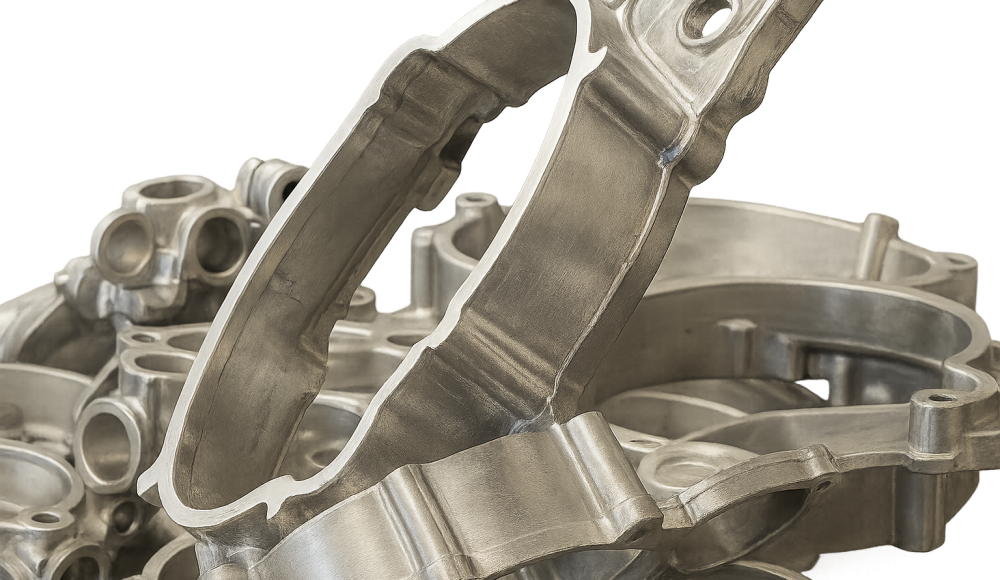
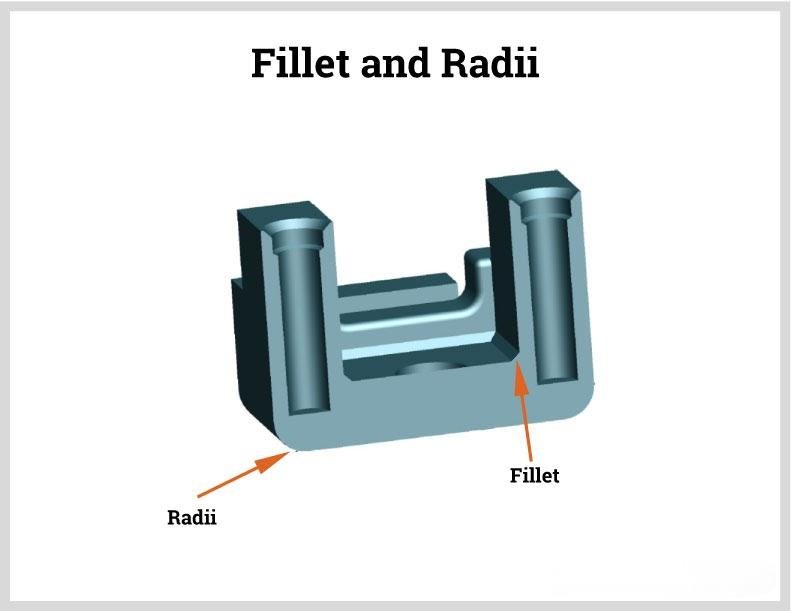
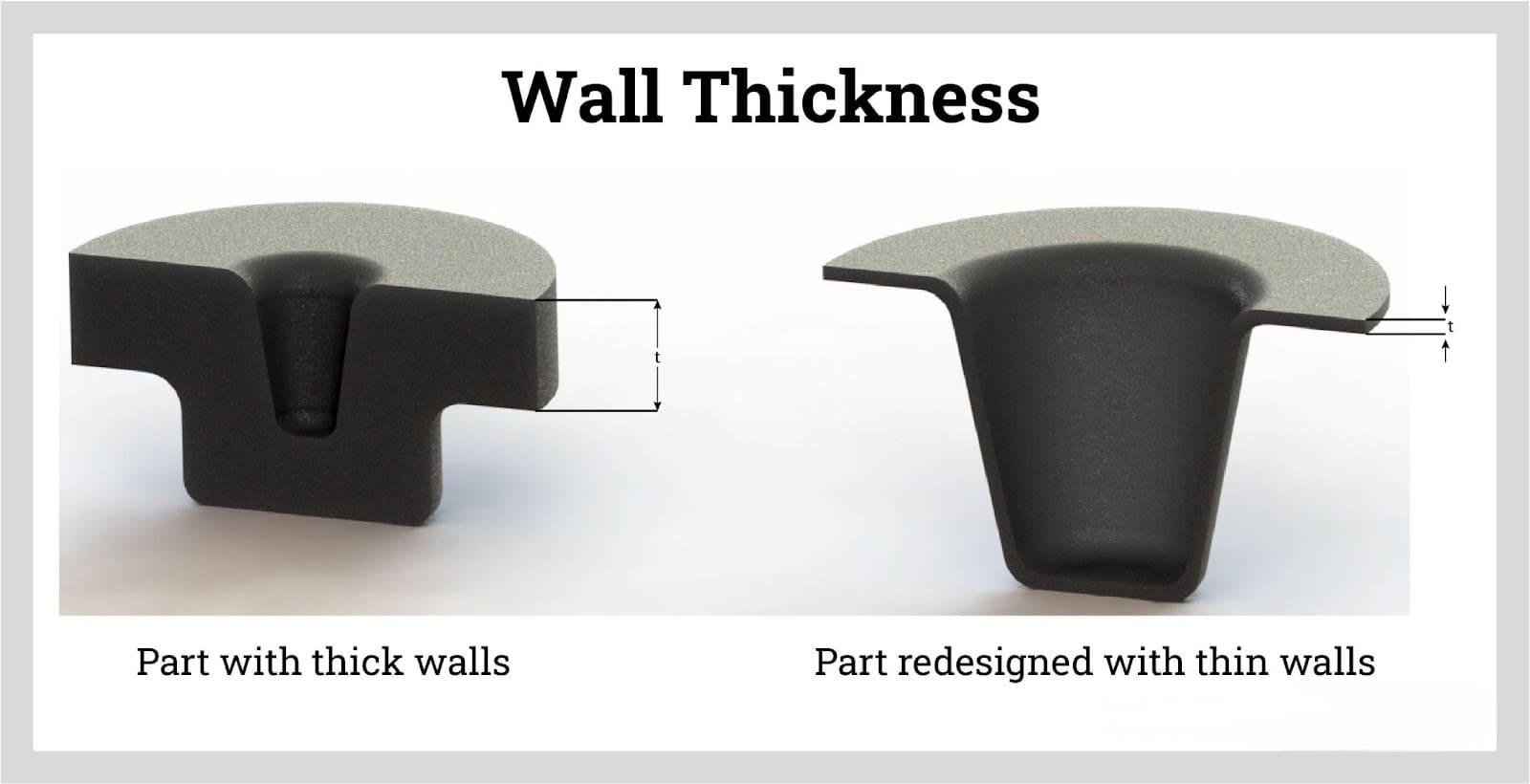
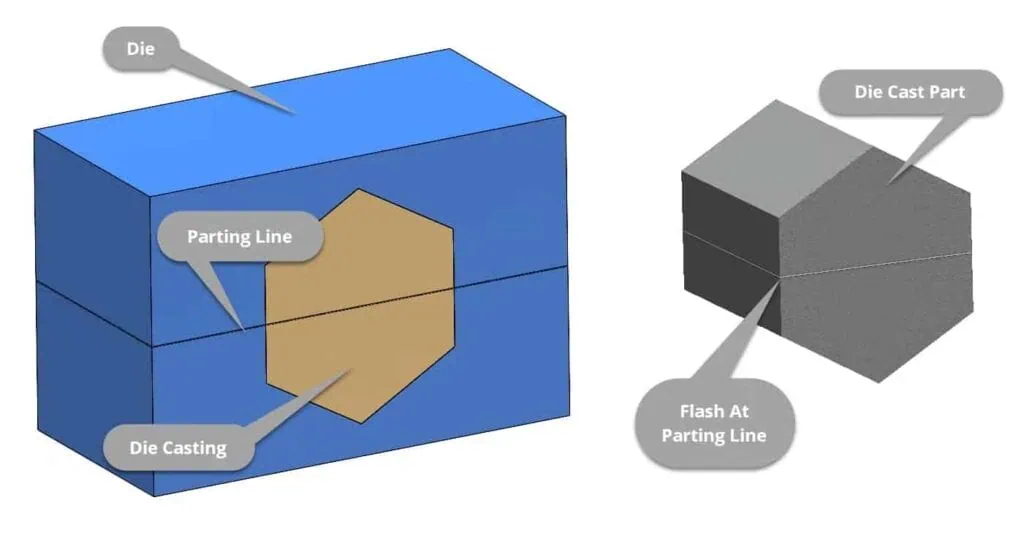
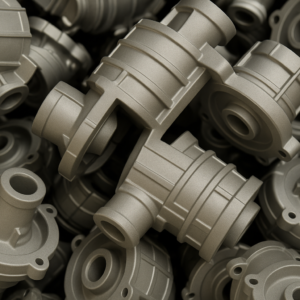
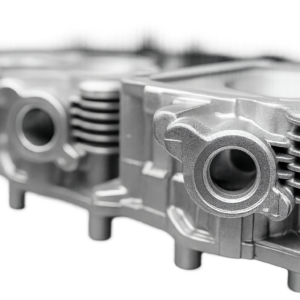
2 افكار عن "نصائح التصميم للموت الصب: دليل كامل للأجزاء المحسنة”